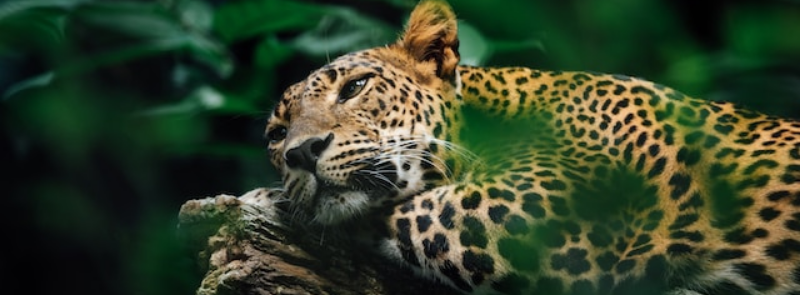
When It Occurs
Every May 3rd
Official Website
Timeline
Days Passed (971)
# Hashtags
#InternationalLeopardDay #LeopardConservation
Each year on May 3rd, people worldwide observe International Leopard Day to promote awareness of leopards and the challenges they encounter.
Leopards, characterized as nocturnal creatures, exhibit diverse sizes and colors influenced by their surroundings. They are often referred to as the "silent stalkers of the African bush.".
History:
- Inception: The initiative for International Leopard Day was launched by Panthera, a global wild cat conservation organization, along with other wildlife conservation entities.
- First Observance: The first International Leopard Day was celebrated in 2020.
Key Objectives:
- Raise Awareness: Educate the public about the plight of leopards, including the various threats they face such as habitat loss, poaching, human-wildlife conflict, and climate change.
- Promote Conservation Efforts: Highlight ongoing conservation projects and encourage support for initiatives aimed at protecting leopards and their habitats.
- Advocate for Habitat Preservation: Emphasize the importance of preserving and restoring natural habitats crucial for leopard survival.
- Encourage Community Involvement: Inspire individuals and communities to take action, such as supporting conservation organizations, advocating for leopard-friendly policies, and reducing human-wildlife conflicts.
Threats to Leopards:
- Habitat Loss and Fragmentation: Urbanization, agriculture, and deforestation have led to significant habitat loss and fragmentation, reducing the areas where leopards can live and hunt.
- Poaching and Illegal Wildlife Trade: Leopards are often poached for their skins, bones, and other body parts, which are used in traditional medicine and the illegal wildlife trade.
- Human-Wildlife Conflict: As human populations expand into leopard habitats, conflicts arise, often resulting in leopards being killed to protect livestock and human lives.
- Climate Change: Changes in climate can affect prey availability and alter leopard habitats, making it harder for them to survive.
Activities and Campaigns:
- Social Media Campaigns: Conservation organizations and individuals use social media platforms to spread awareness, share information, and promote leopard conservation using hashtags like #InternationalLeopardDay.
- Educational Programs: Schools, zoos, and wildlife organizations may hold educational programs and workshops to teach children and adults about leopards and their conservation.
- Conservation Projects: Support for projects that focus on habitat restoration, anti-poaching efforts, and community engagement to reduce human-wildlife conflicts.
- Fundraising Events: Fundraising events, such as charity runs, auctions, and online campaigns, are organized to support leopard conservation projects.
- Petitions and Advocacy: Advocacy efforts include petitions to protect leopard habitats, lobbying for stronger environmental protections, and encouraging governments to take action.
Impact:
- Increased Awareness: International Leopard Day has successfully raised global awareness about the threats faced by leopards and the importance of conservation efforts.
- Support for Conservation: The day has garnered support for various conservation projects and initiatives, helping to fund research, habitat restoration, and protection efforts.
- Community Engagement: It has inspired individuals and communities to get involved in conservation activities, fostering a sense of responsibility and connection to wildlife.
Conservation Organizations Involved:
- Panthera: A leading global wild cat conservation organization focused on the protection and preservation of leopards and other big cats.
- Wildlife Conservation Society (WCS): Engages in conservation efforts to protect leopards and their habitats through research, policy advocacy, and community involvement.
- Leopard Conservation Project: Works on the ground to monitor leopard populations, mitigate human-wildlife conflicts, and protect habitats.
How to Get Involved:
- Support Conservation Groups: Donate to or volunteer with organizations dedicated to leopard conservation.
- Spread the Word: Use social media and other platforms to raise awareness about the importance of leopard conservation.
- Advocate for Policy Change: Support policies and legislation that protect leopard habitats and promote sustainable land use.
- Reduce Environmental Impact: Adopt eco-friendly practices in daily life to reduce your environmental footprint and help protect natural habitats.
- Participate in Citizen Science: Engage in citizen science projects that involve tracking and monitoring leopard populations.
By focusing on the conservation of leopards and their habitats, International Leopard Day plays a vital role in ensuring the survival of this iconic species and maintaining the biodiversity of ecosystems across their range.


